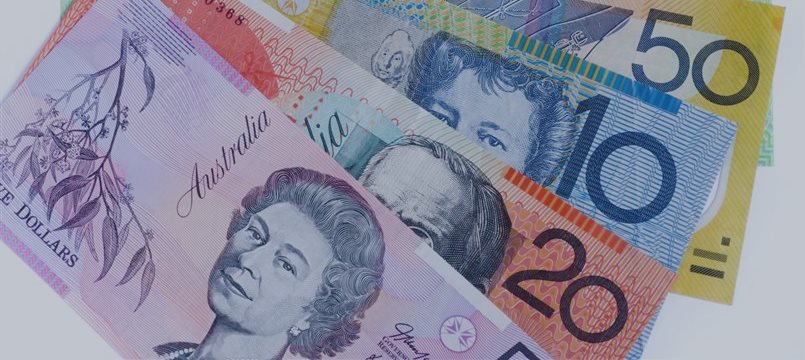
Aussie, yen advance after Japanese PMI; U.S. Federal Reserve Board of Governors meet to review discount rates
On Tuesday the yen and the Aussie gained in Asia after the release of solid Japanese manufacturing data and as investors eyed comments in a letter released
by the Federal Reserve chief.
USD/JPY was last at 122.69, down 0.13%, while AUD/USD traded at 0.7207, up 0.21%.
NZD/USD was last seen at 0.6527, up 0.09%.
Japan reported earlier, its PMI for November rose to 52.8, compared to 52.1 seen and up from 52.4 in October.
Overnight, the dollar remained supported against the other major currencies on Monday, despite the release of disappointing U.S. housing sector data, as expectations for a December rate hike by the Federal Reserve continued to support the greenback.
The U.S. National Association of Realtors said that existing home sales declined by 3.4% to 5.36 million units last month from 5.55 million in September. Economists had expected existing home sales to fall 2.3% to 5.40 million units in October.
Separately, head of the U.S. Federal Reserve Janet Yellen said Monday she and her colleagues hope and expect the economy will keep expanding and if that is the case, it will be appropriate to raise interest rates.
"Most of us expect the pace of that normalization to be gradual," Yellen said in a letter to Ralph Nader released by the Federal Reserve.
Nader wrote an open letter to Yellen Oct. 30, calling on the Federal Open Market Committee to raise the fed funds rate off the zero lower bound where it has been since December 2008.
On Monday, the Federal Reserve Board of Governors scheduled a closed-door meeting, held under expedited procedures, to review the discount rates charged by its regional lenders.
The discount rate is the interest rate charged to commercial banks on loans they receive from their regional Federal Reserve Bank lending facilities, also known as the discount window. When the Fed increases the discount rate, it makes the borrowing costs for banks more expensive, decreasing the money supply in the system.
The discount rate
is different from the Federal Funds Rate, which is the rate banks lend to
one another on overnight loans for funds maintained at the Federal
Reserve.
In February, 2010, the U.S. central bank raised the spread between the discount rate and the top of the target range of the Federal Funds Rate to 50 basis points. It came nearly two years after the Fed lowered the spread to 25 points in March, 2008, as an attempt to boost liquidity.
The Federal Funds Rate has stayed at a level between zero and 0.25%
for nearly seven years, since December, 2008.
The announcement of the
previously unscheduled meeting increases speculation that the U.S. regulator will hike the Fed Funds Rate when it meets next on Dec.
15-16. The Fed last held an unscheduled meeting in December, 2012.
EUR/USD was last seen at 1.0629, down 0.08%.
The increased prospect for the Federal Reserve’s rate hike in December may make the European Central Bank reluctant to act next month, analysts say.
ECB President Mario Draghi has indicated the ECB is prepared to take additional easing action at its Dec. 3 policy meeting.
Still, some say the incentive for more stimulus may not be as great as before, given the recent weakening of the euro and expectations of further declines if the Fed raises rates at its next meeting on Dec. 15-16.


